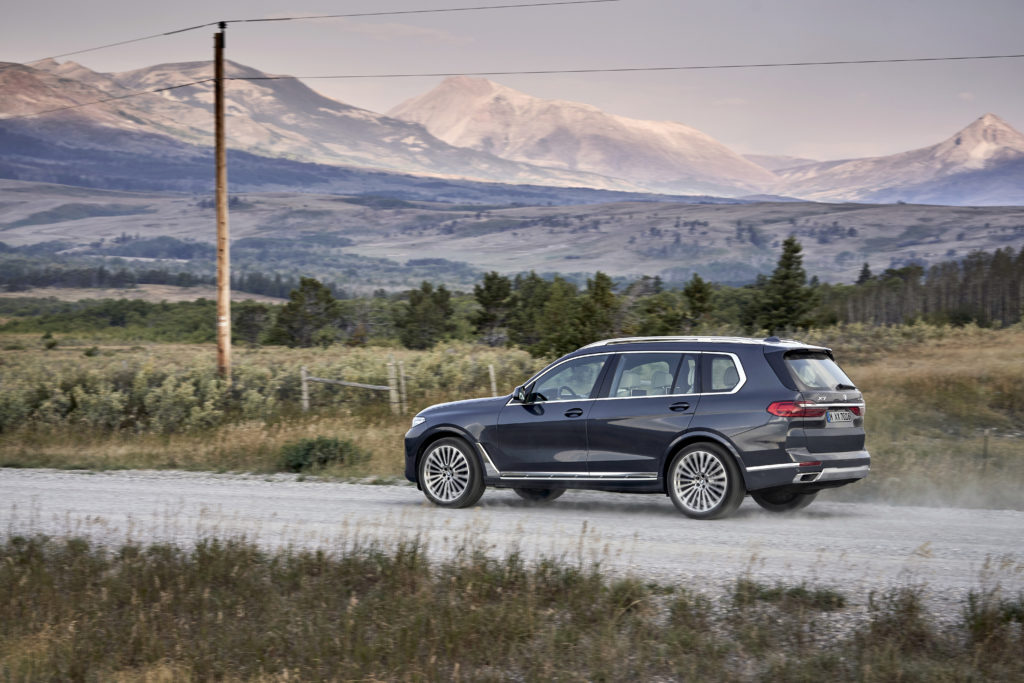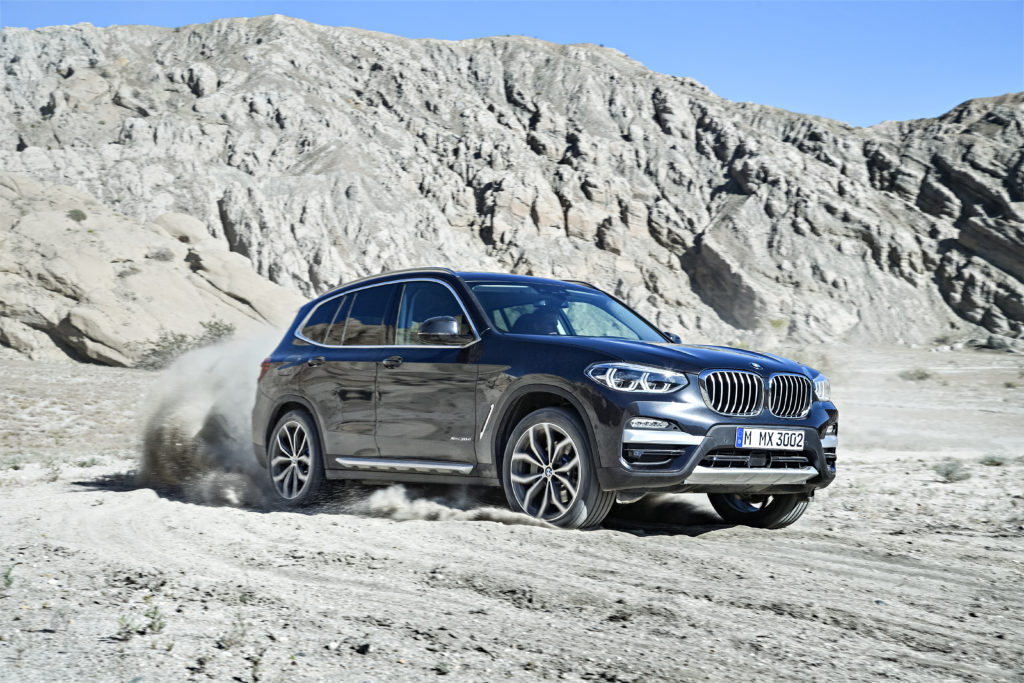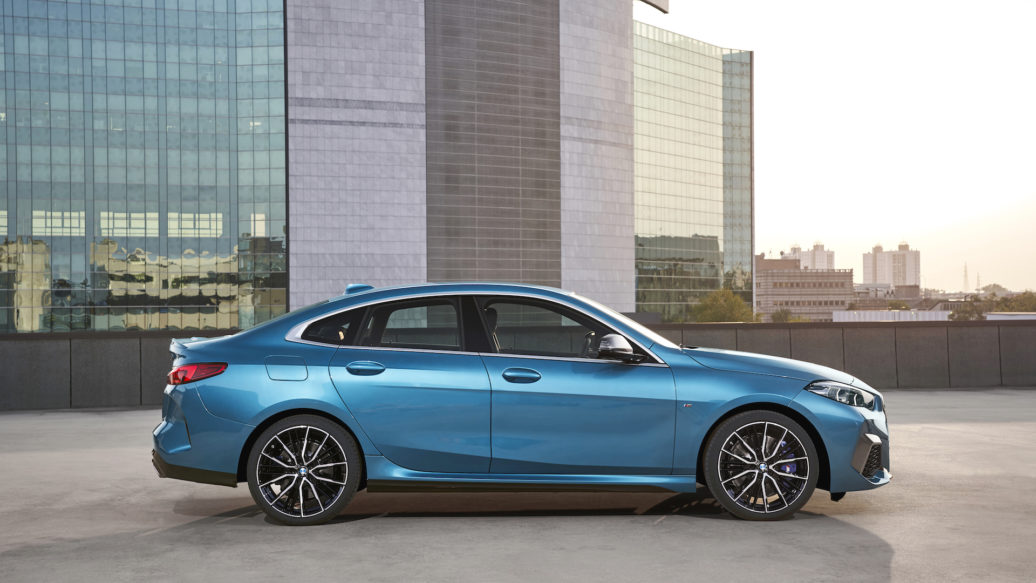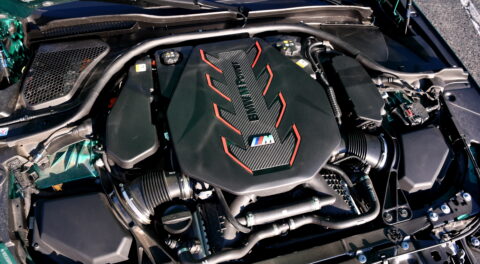BMW North America reported a sales decline of 15.7% year-over-year for the third quarter, from 93,295 deliveries to 78,634. The BMW brand itself experienced a similar decline during the third quarter, with unit sales shrinking 16.2% year-over-year from 83,003 to 69,570, while the MINI brand also logged a double-digit loss of 11.9% with delivery volume contracting from 10,292 to 9,064. However, even with the staggering losses continuing, the third quarter represents a lesser decline than that of the first or second, and BMW North America says sales momentum has been building, with a consumer demand for the BMW brand outstripping recovery expectations. The BMW NA sales network is once again fully open and functioning, along with BMW Manufacturing in Spartanburg, South Carolina, and around the world. September is being described as a, “record month,” by BMW, although no further specifics are offered.
The year-to-date figures tell the true story of an incredibly rough year, which isn’t over just yet. For 2020, the BMW brand has shed nearly a quarter of its sales volume, with deliveries sliding from 237,206 units for the first three quarters of 2019, to just 179,982 for the same period of 2020. MINI is down 28.5% for the year, with sales falling from 27,408 to 19,589.

Although the overwhelming majority of BMW models recorded a sales decline during the months of July, August, and September, a few models managed to buck the trend. Perhaps the most notable exception is the BMW 2 Series, which saw sales grow 83.6% from 2,282 to 4,190 deliveries year-over-year during Q3, a figure that is, without question, buoyed by the 2 Series Gran Coupe enjoying full-scale availability. The 2 Series GC, as we call it, may also be putting a dent in 3 Series sales, which shrunk 22.3% during the third quarter, from 13,375 to 10,394 year-over-year. Aside from the 2 Series, the only other BMW passenger car model (a designation that applies to everything except the X3, X4, X5, X6, and X7, which are classified as light trucks) to avoid losing ground was the 8 Series. Rather miraculously, likely thanks to the 8 Series Gran Coupe becoming available, the shapely range-topper with blistering performance saw deliveries expand from just 873 during the third quarter of 2019 to 2,119 for same period of 2020, an increase of 142.7%. The 8 Series has blown the Z4 out of the water, by outselling the sporty roadster by a factor of nearly three to one.
The near break-neck pace of BMW X series sales during 2018 and 2019 is skewing the numbers for models such as the X3 and X5 a bit, but volume is still incredibly strong for what are clearly BMW’s most popular vehicles. The X3 posted a decline of 10.8% for the third quarter, with deliveries decreasing from 18,299 to 16,326 year-over-year, but the highly versatile SAV, which is now available in its third generation, is still the strongest selling BMW by a substantial margin. The X5 is right behind it, even through Q3 sales were flat with year-over-year growth of 0.2% thanks to sales increasing from 12,810 to 12,830. The X7 is no slouch, either. The largest BMW model yet was down just 1.4% during the last quarter, with deliveries decreasing gradually from 4,949 to 4,882. While BMW’s original core segment of passenger vehicles was down 27.4% during the third quarter, the light truck segment carded a loss of just 3.5%, which speaks to changing customer tastes. If anything, the pandemic seems to have sped up the transition from sedans to SAVs and SACs, which BMW happens to both specialize in and produce right here in the U.S.
The MINI brand posting a smaller percentage loss than the BMW brand is an interesting occurrence, and may signify that the brands now multi-year decline could be abating at some point in the future. On a global scale, the MINI brand posted growth of 1.9% during the third quarter (compared with 9.8% for the BMW Brand), and two models were positive in the U.S. These include the two-door Cooper and Cooper S, along with the four-door variants. Two-door Cooper sales grew 26.8% year-to-date during Q3, from 2,146 to 2,721, while four-door sales expanded 5.2%, from 1,530 to 1,608.

BMW NA pre-owned sales were down across the board, but only by so much. Total BMW pre-owned sales carded a loss or 9.2% during the third quarter, with deliveries falling from 62,942 to 57,164, while year-to-date, total pre-owned deliveries are down 13.2% as of October 1, with volume decreasing from 186,183 to 161,582. People still seem to want pre-owned BMWs, though, and if they make a purchase, it may very well be a certified-preowned (CPO) example. BMW CPO sales dropped 3.5% year-over-year for the third quarter from 29,560 to 28,520, and are down 5.1% for 2020, or by a margin of about 550 cars, with 87,782 sold so far this year compared with 87,223 over the same period of 2019.
Total MINI pre-owned sales are down 18.5% from 7,700 to 6,276, and the same margin applies with MINI CPO sales, which decreased from 3,309 to 2,696 year-over-year during the third-quarter. Total MINI pre-owned sales are down by 25.3% for 2020, with volume shrinking from 22,899 to 17,114. MINI CPO sales are down 26% for the year, with 7,313 units sold compared with 9,889 last year.
BMW NA reports that a high percentage of pre-sold BMWs are arriving at dealerships, meaning a buyer is already lined up for the specific vehicle. According to BMW NA president and CEO Bernhard Kuhnt, the number is twice as high as prior to the pandemic, and he and his team, “remain cautiously optimistic as we enter the fourth quarter.”—Alex Tock
[Photos courtesy BMW AG.]





















